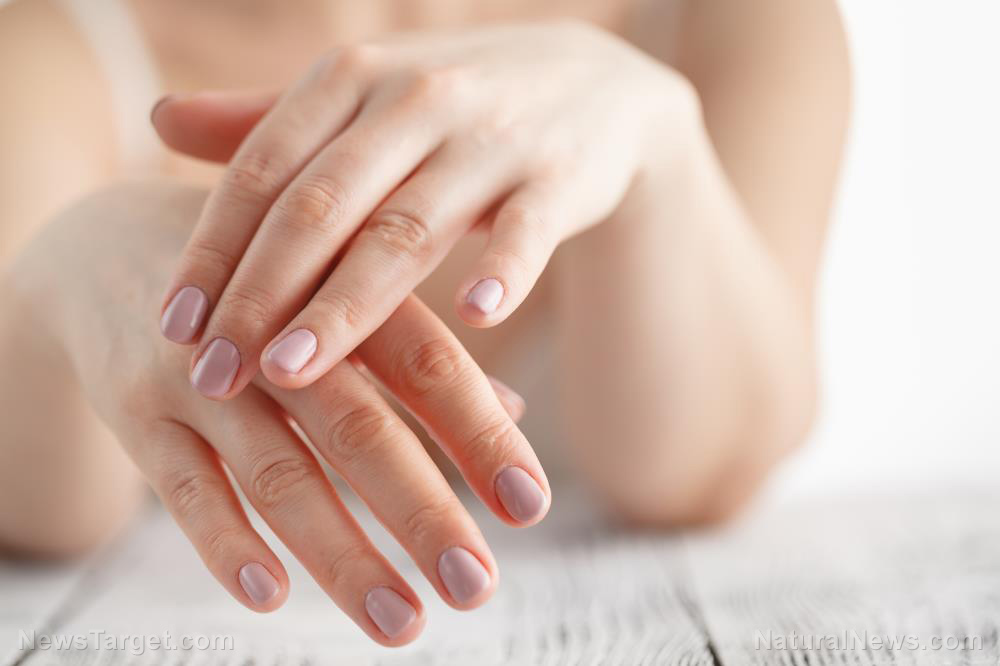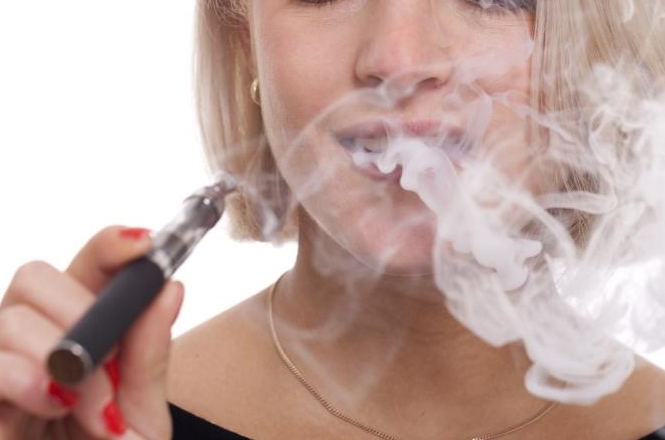Cold showers in heatwaves could damage your health, experts warn
06/26/2025 / By Cassie B.

- Cold showers trap heat in organs and stress the cardiovascular system instead of cooling the body effectively.
- Experts warn icy water constricts blood vessels, disrupting the body’s natural heat-release mechanisms.
- Lukewarm water (26-27 C) is scientifically proven to optimize cooling without dangerous side effects.
- Cold showers can trigger a dangerous shock response, especially for those with heart conditions.
- Lukewarm water also cleanses skin better by dissolving sweat and oils more effectively than cold water.
As scorching summer temperatures drive millions to seek relief, many turn to cold showers for instant refreshment. But new evidence reveals this common practice may be doing more harm than good, trapping heat in your organs, triggering dangerous cardiovascular stress, and preventing proper cleansing. Experts warn that icy showers constrict blood vessels, sabotaging the body’s natural cooling mechanisms, while lukewarm water (26-27 C) is scientifically proven to optimize heat dissipation without the risks.
The science of cooling: Why cold showers backfire
The human body maintains a delicate equilibrium at 37 C (98.6 F), relying on precise biological processes to shed excess heat. When core temperatures rise, blood vessels near the skin dilate, redirecting warm blood to the surface where it can cool through radiation and sweat evaporation. But cold showers disrupt this lifesaving mechanism.
“Although diving into a cold bath or shower straight after being out in the heat might feel nice on your skin, it isn’t doing what is needed to reduce the core temperature of the body,” explains Adam Taylor, Professor of Anatomy at Lancaster University. Cold water causes blood vessels to constrict, reducing surface blood flow and trapping heat around vital organs. Essentially, the body is fooled into conserving heat instead of releasing it — a dangerous miscalculation during heatwaves.
Cold shock and heart risks
For those with underlying health conditions, cold showers pose even graver threats. Water below 15°C (59°F) can trigger a cold shock response, rapidly constricting blood vessels and spiking blood pressure as the heart struggles against sudden resistance. “This response can be particularly dangerous in people with coronary artery disease,” warns Taylor. In rare cases, the abrupt shift from extreme heat to cold may cause irregular heartbeats or even fatal cardiac events.
While these severe outcomes are uncommon during routine showers, experts urge caution. Ice baths or polar plunges on hot days are especially ill-advised. Instead, gradual temperature adjustments, like slowly lowering the shower heat, help the body adapt safely.
Lukewarm water is optimal
Contrary to instinct, tepid water (26-27 C) is far more effective than cold for cooling. This temperature range allows blood vessels to remain dilated, promoting steady heat loss without shocking the system. Hot showers, meanwhile, transfer additional warmth to the body, worsening overheating.
Hygiene also suffers under cold water. Sweat, oils, and odor-causing bacteria cling tighter to skin in cold temperatures, while lukewarm water better dissolves pore-clogging debris. “Cold water has been shown to be less effective at removing sebum and other detritus on the skin,” notes Taylor. The result? Lingering body odor and increased breakouts.
Here are some evidence-backed alternatives for staying cool when temperatures rise:
- Hydration: Water intake offsets sweat losses, but be sure to avoid dehydrating caffeine and alcohol.
- Smart clothing: Light colors reflect heat, while loose fabrics enhance airflow.
- Home cooling: Fans pointed out windows (not inward) create cross-breezes.
The cold shower myth epitomizes how conventional “wisdom” often contradicts biology. By opting for lukewarm showers, your body can cool more efficiently, protecting your heart while cleansing more thoroughly. In the battle for bodily autonomy and truth, even small choices matter. This summer, ditch the ice and let science guide you to safer relief.
Sources for this article include:
Submit a correction >>
Tagged Under:
cold water, health science, heart health, heat wave, hot water, lukewarm water, men's health, natural health, showers, truth, women's health
This article may contain statements that reflect the opinion of the author
RECENT NEWS & ARTICLES
HealthScience.News is a fact-based public education website published by Health Science News Features, LLC.
All content copyright © 2018 by Health Science News Features, LLC.
Contact Us with Tips or Corrections
All trademarks, registered trademarks and servicemarks mentioned on this site are the property of their respective owners.




















